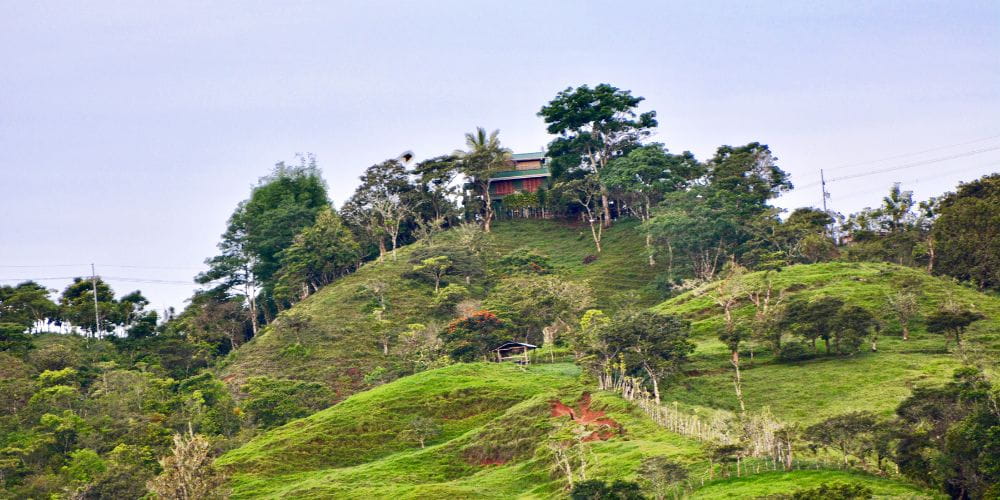Diversified farming preserves bird populations, allows for land use
With the continued destruction of forests around the world, particularly in the tropics, figuring out how agricultural areas can continue to produce food while also supporting wildlife populations is key to preserving animal populations outside designated wildlife reserves.
New research shows that “diversified farming,” in which farmers use smaller plots with a variety of crop species and intermixed natural vegetation, supports both agriculture and wildlife.
Published in the journal Proceedings of the National Academy of Sciences, known as PNAS, researchers from The University of Texas at Arlington, Stanford University and the Union de Ornitologos de Costa Rica tracked both bird species among mature forests and different farming systems in Costa Rica for 18 years.
“Diversified farming practices can support the long-term populations of sensitive bird populations that often live in forests and eat insects,” said Luke Frishkoff, assistant professor of biology at UTA. “Our findings suggest that the benefits of diversified farming practices can accrue through time and can play a vital role to complement protecting wildlife by setting up reserves.”
The researchers found that 51% of the species of birds studied among diversified farms increased in population. Of particular conservation concern are birds mostly associated with forests and insectivores previously shown to be in steep decline across the tropics. Interestingly, the researchers found that many of these birds also occur in diversified agriculture. When living in such areas, their populations frequently increased over time.
With intensive farming, farmers use industrial methods to harvest large amounts of a crop quickly, often stripping away natural vegetation that could provide habitat for birds and other creatures. Farmers also tend to use more fertilizers and pesticides in these intensive practices, degrading the environment with negative impacts for bird populations.
By contrast, diversified farming tends to contain more farm plots of smaller size. They usually have a wide variety of crop species planted, a higher percentage of surrounding forest cover and denser hedgerows that allow for bird habitats.
Costa Rica was the ideal place to study these farming trends, as it experienced rapid deforestation throughout the mid-20th century. At one point, it had the highest rate of deforestation in the world. However, beginning in 2000, deforestation was largely halted. The country is working to rebuild its forests while also allowing for food production, and today about 60% is forested.
“Setting aside land as reserves is certainly crucial for preserving life on Earth. But we also need biodiversity intermixed with humanity to provide vital ecosystem services like pest control, clean water and natural beauty,” Frishkoff said. “This research shows that diversified farming has real promise as a way to sustain wildlife for the long term and simultaneously provide food and healthy ecosystems.”
.ashx?revision=4c8c4d23-d1d4-448c-96e0-b867209f381e)
